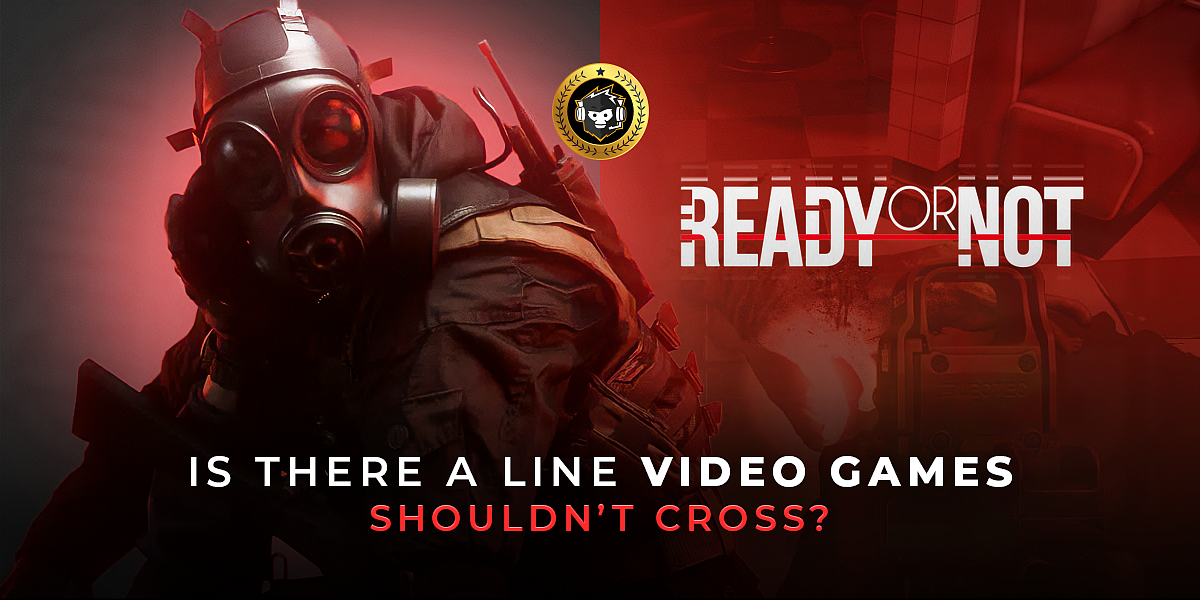'Ready Or Not' and the Ethics of Realism
Is there a line video games shouldn’t cross?

Cover-Credits:
AFK Gaming
Void Interactive’s Ready Or Not is no ordinary first-person shooter. It stands out as a stark, unvarnished portrayal of law enforcement, casting players as SWAT officers responding to some of the most intense and gut-wrenching situations society has to offer. Rather than thrusting players into the boots of invincible soldiers, this game emphasizes the gritty reality of armed robberies, mass shootings, and other harrowing scenarios, whether in multiplayer mode with friends or alongside AI partners in single-player campaigns.
But it’s the game’s chilling realism that is drawing both praise and condemnation. The environments and missions aren’t drawn from fantastical tales—they are disturbingly grounded in real-world events. Dark alleyways where human traffickers lurk, suburban homes concealing hostage situations, and even school hallways that have witnessed unimaginable violence—all serve as settings that push players to the limits of their comfort zones.
As players grapple with the ethical implications, the question looms: Is “Ready Or Not” a step too far in the quest for realism, or does it serve as an unsettling but necessary reminder of the grim truths that law enforcement and society face?
Video games as a form of controversial art
Controversial art has always served as a mirror to society’s complexities, reflecting the fluid boundaries of cultural norms and human expression. It emerges in films, literature, paintings—and now, even video games. Ready Or Not goes beyond the typical Call of Duty fare. It’s a SWAT simulator that tackles some of the most sensitive topics imaginable, from mass shootings to human trafficking. In doing so, it transforms into a polarizing piece of art, provoking both thought and discomfort as it navigates the tenuous line between stark realism and ethical responsibility.

